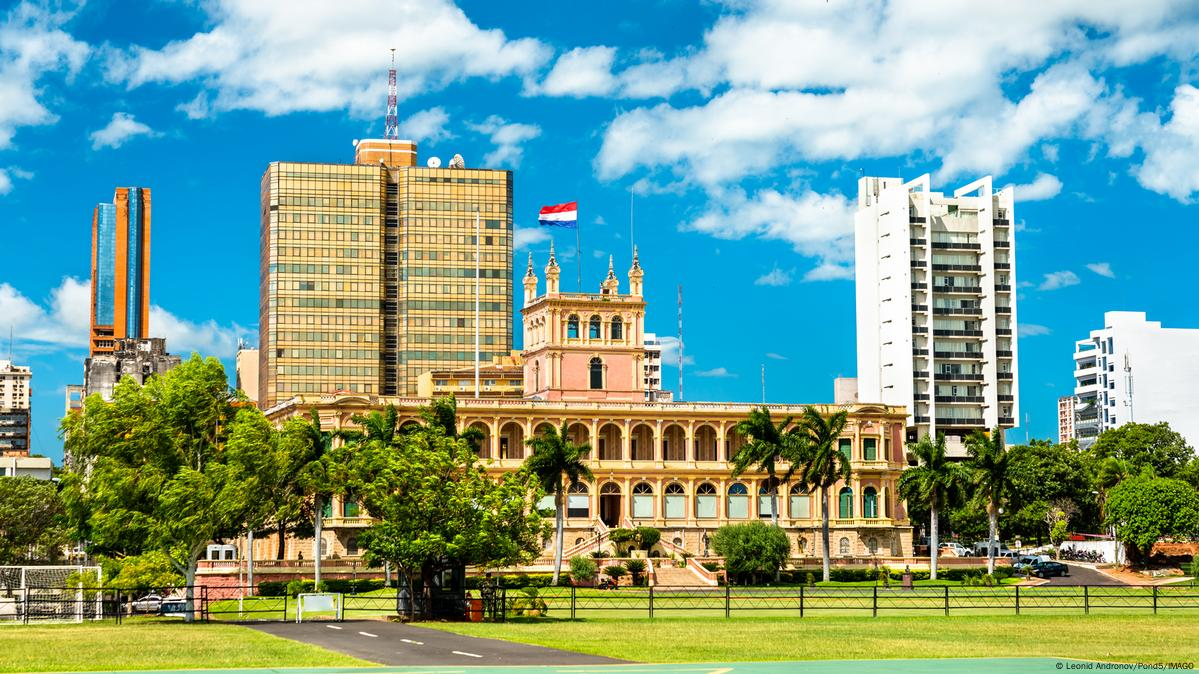Paraguay, A landlocked country in the heart of South America, is often overlooked by travelers but offers a rich tapestry of culture, history, and natural beauty. Nestled between Brazil, Argentina, and Bolivia, The country’s unique position has shaped its distinct cultural identity. The country is characterized by its diverse landscapes, including the expansive Gran Chaco region, lush rainforests, and the scenic River that runs through its heart.
Table of Contents
Geography
Paraguay is located in the central region of South America, bordered by Brazil to the east and northeast, Argentina to the south and southwest, and Bolivia to the northwest. Covering an area of approximately 406,750 square kilometers, country is a relatively small compared to its neighbors but offers a varied landscape that ranges from lowland plains to rugged highlands.
The country is divided into two major regions: the eastern part, known as the Paraneña Region, features fertile plains and a subtropical climate, while the western part, called the Gran Chaco, is characterized by its arid conditions and scrubland. The Paraguay River serves as a major geographical feature, dividing the country into these two distinct regions and providing vital resources for agriculture and transportation.
States of Paraguay
The country is divided into 17 departments and one capital district (Asunción). The departments are equivalent to states in other countries. Here is a table listing the 17 departments along with their capitals:
| No. | Department | Capital |
|---|---|---|
| 1 | Alto Paraguay | Fuerte Olimpo |
| 2 | Alto Paraná | Ciudad del Este |
| 3 | Amambay | Pedro Juan Caballero |
| 4 | Boquerón | Filadelfia |
| 5 | Caaguazú | Coronel Oviedo |
| 6 | Caazapá | Caazapá |
| 7 | Canindeyú | Salto del Guairá |
| 8 | Central | Areguá |
| 9 | Concepción | Concepción |
| 10 | Cordillera | Caacupé |
| 11 | Guairá | Villarrica |
| 12 | Itapúa | Encarnación |
| 13 | Misiones | San Juan Bautista |
| 14 | Ñeembucú | Pilar |
| 15 | Paraguarí | Paraguarí |
| 16 | Presidente Hayes | Villa Hayes |
| 17 | San Pedro | San Pedro de Ycuamandiyú |
History
Paraguay’s history is marked by its indigenous cultures, Spanish colonial rule, and subsequent struggles for independence. The indigenous Guaraní people were the original inhabitants of the region, known for their complex societies and rich oral traditions. The Spanish arrived in the 16th century, establishing the city of Asunción in 1537, which became a major center for Spanish colonial activities in the region.
During the 19th century, Paraguay experienced significant upheaval with the Paraguayan War (1864–1870), also known as the Triple Alliance War. This devastating conflict involved Paraguay fighting against Brazil, Argentina, and Uruguay, resulting in significant loss of life and economic strain. The war had a profound impact on the country’s development and demographic changes, leaving a legacy that continues to influence Paraguay’s history and identity.
Following the war, The country underwent a period of political and economic instability, including a long dictatorship under Alfredo Stroessner from 1954 to 1989. The transition to democracy in the late 20th century marked a new era for The country, characterized by efforts to improve its economy and political stability while grappling with issues of corruption and poverty.
Top Ten Must-Visit Destinations
1. Asunción

Asunción, the capital and largest city of The country, is a vibrant urban center with a mix of modern and colonial architecture. Key attractions include the Palacio de los López, the presidential palace known for its striking white façade, and the Panteón Nacional de los Héroes, a mausoleum honoring The country’s national heroes. The city’s bustling markets, such as Mercado 4, offer a glimpse into local life with an array of fresh produce, crafts, and street food.
2. Ciudad del Este

Ciudad del Este is Paraguay’s second-largest city and a major commercial hub, known for its bustling trade and vibrant atmosphere. The city is a gateway to the famous Iguazu Falls, located just across the border in Brazil and Argentina. Visitors can explore the impressive waterfalls, which are among the largest and most spectacular in the world, as well as enjoy shopping and dining in the city’s numerous malls and markets.
3. Encarnación
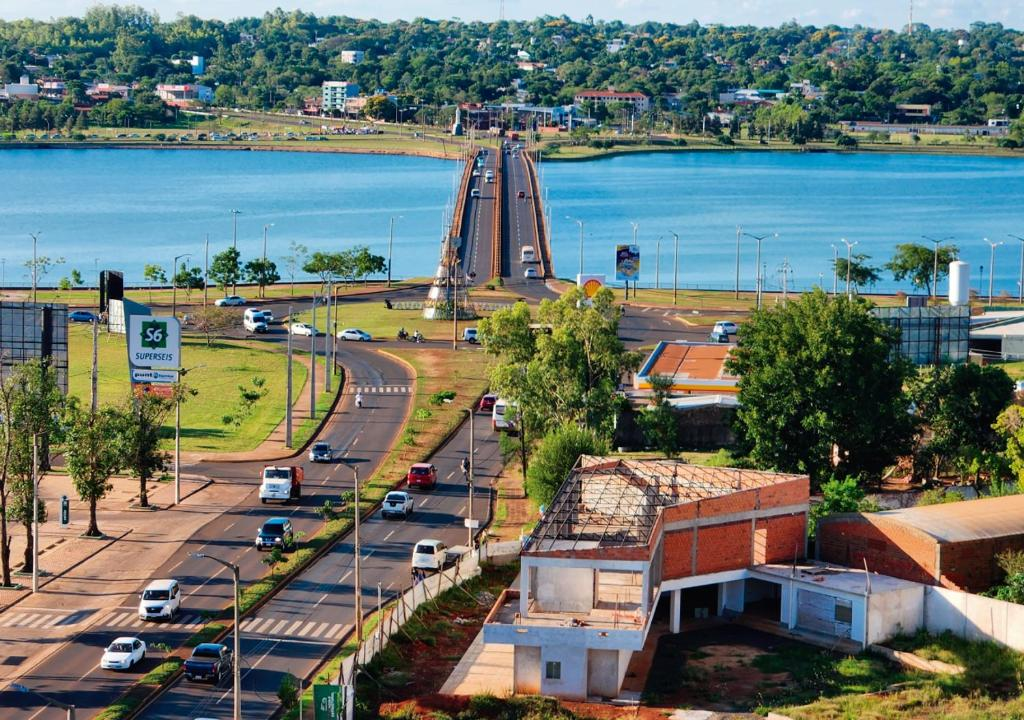
Located on the banks of the Paraná River, Encarnación is a charming city known for its beautiful riverside promenades and vibrant cultural scene. The city hosts the annual Encarnación Carnival, a lively event featuring colorful parades, samba music, and traditional dances. Nearby, the Ruins of Jesús de Tavarangue and Ruins of Trinidad offer a glimpse into Paraguay’s colonial past, with well-preserved Jesuit missions that are UNESCO World Heritage Sites.
4. Itaipú Dam

The Itaipú Dam, one of the largest hydroelectric power plants in the world, is a marvel of modern engineering located on the Paraná River. The dam is a joint venture between Paraguay and Brazil, providing a significant portion of Paraguay’s electricity. Visitors can take guided tours to learn about the dam’s construction, its impact on the region, and the impressive scale of its operations.
5. The Chaco Region

The Gran Chaco is a vast, semi-arid region that covers much of western Paraguay. It is known for its unique ecosystems, including dry forests, grasslands, and wetlands. The region offers opportunities for eco-tourism, including wildlife viewing, birdwatching, and exploring the traditional lifestyles of indigenous communities. The Defensores del Chaco National Park is a key destination for experiencing the Chaco’s diverse flora and fauna.
6. Filadelfia

Filadelfia, located in the heart of the Chaco region, is a small town with a strong Mennonite presence. The town is known for its unique cultural heritage and agricultural innovations. Visitors can explore the Mennonite community’s farms, experience traditional cuisine, and learn about the community’s history and contributions to Paraguay’s agricultural sector.
7. Ybycuí National Park

Ybycuí National Park is a natural haven located in the eastern part of Paraguay, known for its lush forests, waterfalls, and diverse wildlife. The park features a network of hiking trails that lead to scenic viewpoints, including the impressive Salto Ñacunday waterfall. The park is a great destination for nature enthusiasts, offering opportunities for hiking, birdwatching, and enjoying the serene beauty of the Paraguayan rainforest.
8. Itauguá

Itauguá, a town located near Asunción, is famous for its traditional Paraguayan lacework, known as ñandutí. Visitors can explore local workshops where artisans create intricate lace designs and learn about the history and techniques of this traditional craft. The town also features charming plazas and markets where visitors can experience local culture and cuisine.
9. San Bernardino
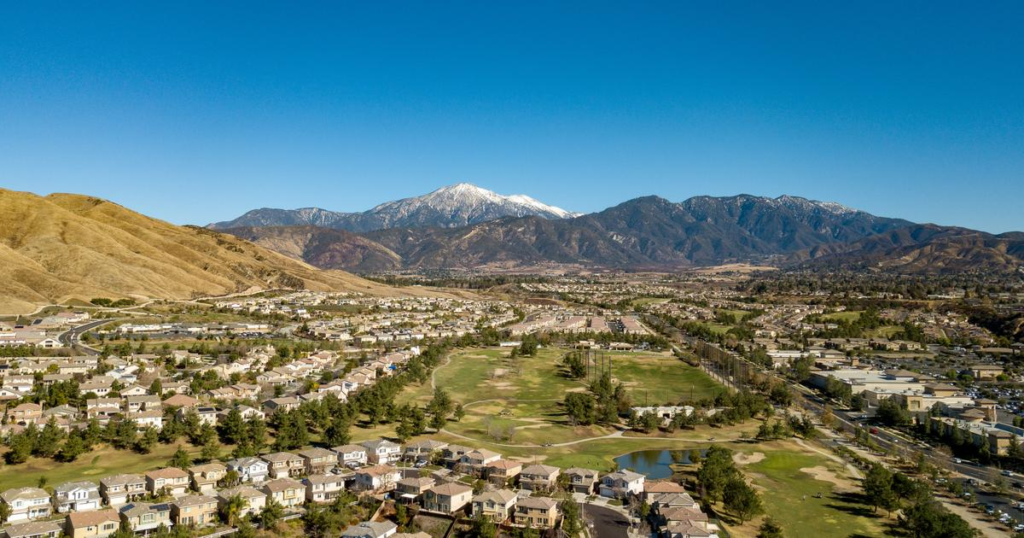
San Bernardino is a picturesque resort town located on the shores of Lake Ypacaraí, known for its beautiful lakeside views and recreational activities. The town is popular for its water sports, fishing, and boating, as well as its vibrant nightlife and cultural events. The annual San Bernardino Carnival attracts visitors with its lively parades, music, and dance.
10. Concepción
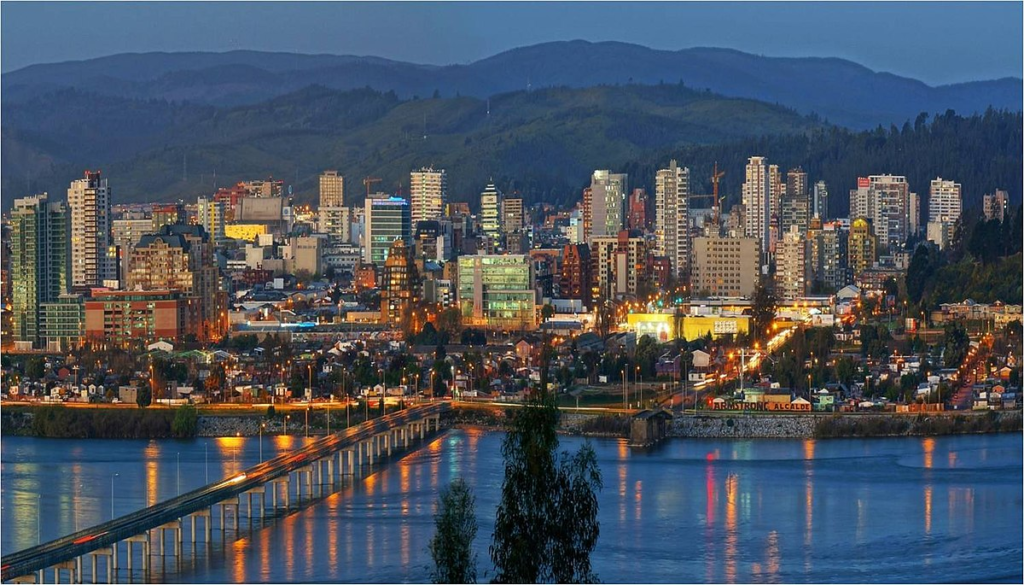
Concepción, located in northern Paraguay, is known for its historical significance and natural beauty. The town features colonial architecture, including the Iglesia de la Inmaculada Concepción, and offers opportunities for exploring the surrounding countryside. Nearby, the Aventura Xtrema adventure park provides activities such as zip-lining and off-road excursions, making it a great destination for outdoor enthusiasts.
Culture
Paraguay’s culture is a rich blend of indigenous and European influences, reflecting its diverse history and heritage. The Guaraní language, along with Spanish, is one of the country’s official languages, and Guaraní cultural practices are an integral part of Paraguayan life. Traditional music, such as polka and guarania, plays a significant role in the country’s cultural expression, often accompanied by vibrant dance performances.
Traditional Paraguayan cuisine is a reflection of its cultural diversity, with dishes such as sopa paraguaya (cornbread) and chipa (cheese bread) being staples in the local diet. Festivals and cultural events, such as the Festival Nacional del Futbol Infantil, showcase the country’s vibrant traditions and community spirit, with music, dance, and food playing central roles.
Festivals
The country is known for its colorful and lively festivals that celebrate its cultural heritage and traditions. The Encarnación Carnival, held annually in the city of Encarnación, is one of the most significant events in the country. The carnival features elaborate parades, samba music, and traditional dances, creating a festive atmosphere that draws visitors from around the region.
The Festival Nacional del Futbol Infantil is another important cultural event, celebrating youth football with tournaments, performances, and community gatherings. This festival highlights Paraguay’s passion for sports and its commitment to fostering talent among young athletes.
Economy
Paraguay’s economy is largely based on agriculture, with the country being one of the world’s leading producers of soybeans, beef, and other agricultural products. The fertile lands of the eastern region are well-suited for farming, and agriculture plays a crucial role in the country’s economic development. Soybeans, in particular, are a major export commodity, contributing significantly to Paraguay’s trade balance.
The hydroelectric sector is another important component of Paraguay’s economy, with the Itaipú Dam being a key asset. The dam provides a substantial portion of the country’s electricity and generates revenue through energy exports to neighboring countries. The economic benefits of this sector are significant, contributing to Paraguay’s overall growth and development.
Cuisine
Paraguayan cuisine is characterized by its hearty and flavorful dishes, which reflect the country’s agricultural abundance and cultural influences. Sopa Paraguaya is a traditional dish made from cornmeal, cheese, and onions, baked to a golden brown. Despite its name, it is a solid dish, not a soup, and is often enjoyed as a side dish or snack.
Chipa, a type of cheese bread made with manioc flour and cheese, is another beloved Paraguayan treat. This savory bread is a staple in Paraguayan households and is enjoyed at various times of the day. Paraguayan cuisine also features bife asado (grilled beef) and mbopi, a dish made from manioc and meat, showcasing the country’s culinary traditions and agricultural resources.
Top Eight Most Famous Food



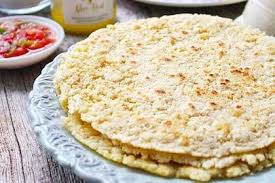
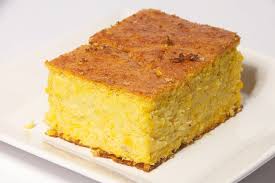

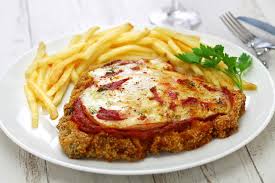
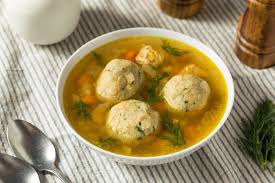
Ten Interesting Facts About Paraguay
- Paraguay is one of only two landlocked countries in South America, the other being Bolivia.
- The country has two official languages: Spanish and Guaraní.
- Paraguay’s name comes from the Guaraní language, meaning “water that goes to the sea.”
- The Itaipú Dam is the second-largest hydroelectric power plant in the world by energy production.
- Paraguay has a unique dual capital system, with Asunción serving as the administrative capital and Sucre as the constitutional capital.
- The Gran Chaco region, which covers much of western Paraguay, is one of the most biodiverse areas in South America.
- Paraguay is known for its vibrant traditional music and dance, including the polka and guarania.
- The country’s economy is heavily reliant on agriculture, with soybeans being a major export.
- Paraguay’s indigenous Guaraní people have a significant influence on the country’s culture and language.
- The country celebrates its independence day on May 14th, marking its separation from Spain in 1811.
Conclusion
Paraguay, with its rich cultural heritage, diverse landscapes, and vibrant traditions, offers a unique and enriching travel experience. From the bustling city of Asunción to the natural wonders of the Gran Chaco and the historical significance of its colonial ruins, The country invites exploration and discovery. Whether you are drawn to its festivals, cuisine, or natural beauty, Paraguay provides a memorable journey through the heart of South America.
let’s enjoy few years on earth with peace and happiness….✍🏼🙏

